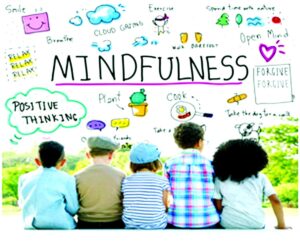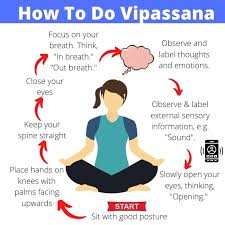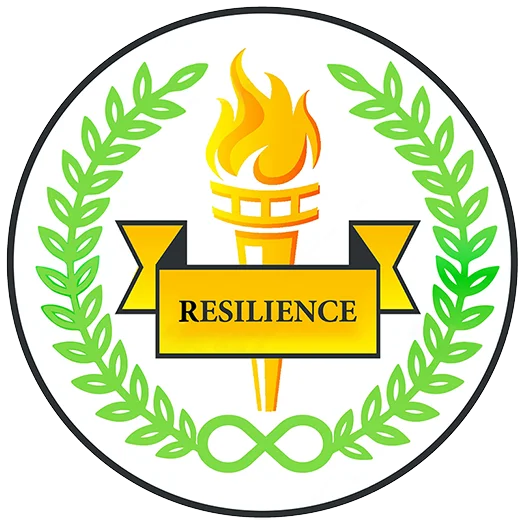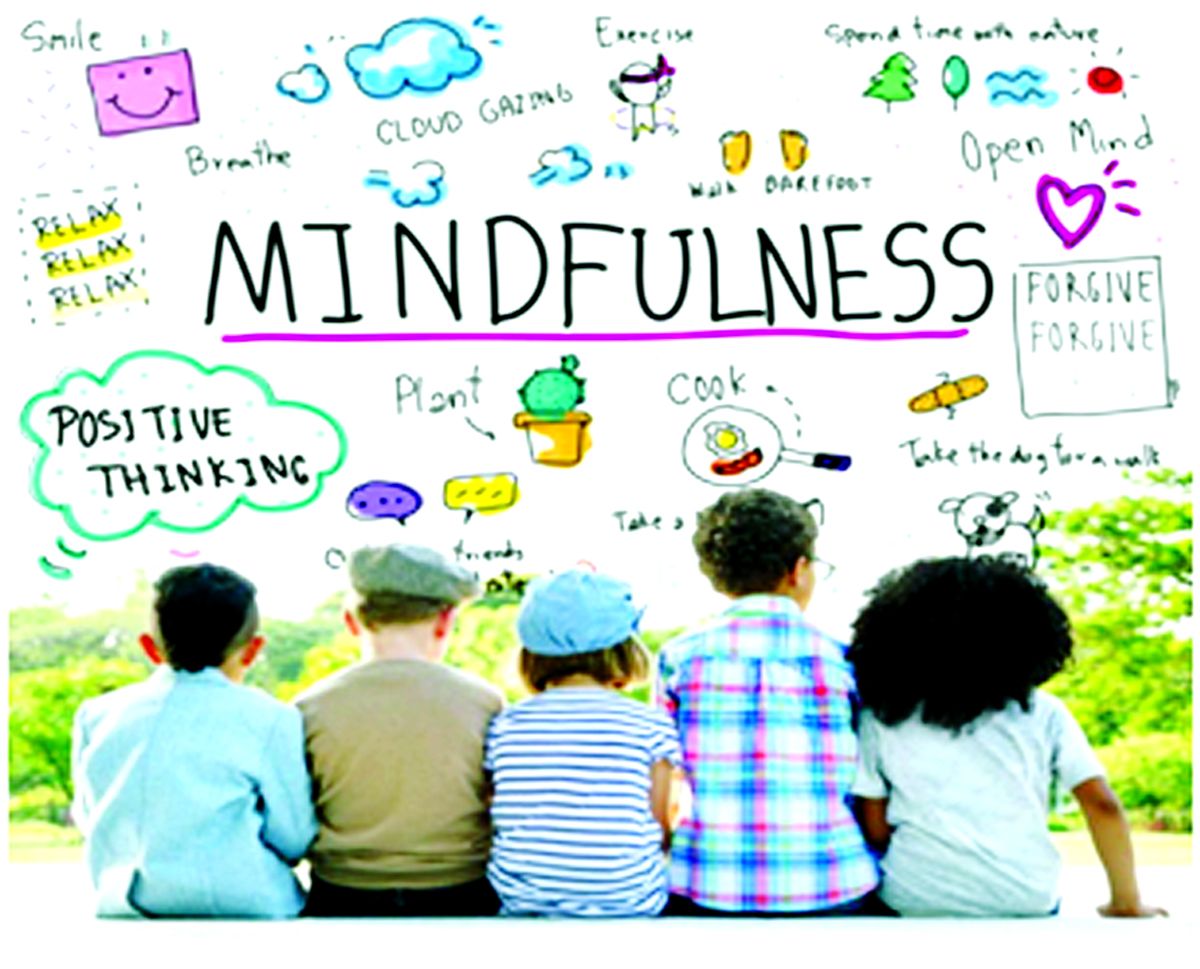 Educational curriculum development in recent years tells us how needed renewed emphasis on mindfulness practices such as meditating can curtail depression and other social ills. In so doing, people across the country can and will experience a wellspring of positive change in their mental resolve. Hence, concomitantly contemplative education needs to be fully embraced in order to bring a boost of mental health to future generations. The emphasis on added emotional accessibility exercises would help mature students of the future. Another thing of great import that we must consider are wider considerations for implementing mediation and mindfulness exercises that incorporates the latest methods and motivational learning models from a variety of cultural perspectives. Furthermore, growth of deep contemplative focuses in higher education will also need to be accompanied by meaningful and valid curriculum that is tailored to respected localities, economic, religious, and ethnic groups, geographic and educational cultural schemes. To be sure, a new emotional well being can be found in regimented and holistic mindfulness exercises whereby widespread appreciation for such practice is felt. That is, instilling it as a value to be cherished when our clients go through the curriculum provided.
Educational curriculum development in recent years tells us how needed renewed emphasis on mindfulness practices such as meditating can curtail depression and other social ills. In so doing, people across the country can and will experience a wellspring of positive change in their mental resolve. Hence, concomitantly contemplative education needs to be fully embraced in order to bring a boost of mental health to future generations. The emphasis on added emotional accessibility exercises would help mature students of the future. Another thing of great import that we must consider are wider considerations for implementing mediation and mindfulness exercises that incorporates the latest methods and motivational learning models from a variety of cultural perspectives. Furthermore, growth of deep contemplative focuses in higher education will also need to be accompanied by meaningful and valid curriculum that is tailored to respected localities, economic, religious, and ethnic groups, geographic and educational cultural schemes. To be sure, a new emotional well being can be found in regimented and holistic mindfulness exercises whereby widespread appreciation for such practice is felt. That is, instilling it as a value to be cherished when our clients go through the curriculum provided.
Another purpose of this contemplative course, in addition to reflection upon the nature of individual differences and their significance for mindful awareness, was to explore conceptualizations of health and health promotion and encourage students to explore how mindfulness can be a form of health. An expanded conceptualization of health involves perceiving it as comprising a multitude of experiences that are undergoing continuous change. Such a conceptualization allows for a recognition that some facets of health may decline even as others are being optimized. However, one must gain an awareness of the multitude of changing experiences that one is a part of at any given moment if multifaceted conceptualizations of health are to have any practical value; and if health is to be examined through one’s own direct experience, certain means are necessary to facilitate such examination. Contemplative education is one means of practicing such an awareness because it offers a variety of opportunities that can provide one with insight into what one is experiencing in the present moment. As soon as one transcends a biomedical paradigm and begins to recognize health as an interlaced web of many different physical, psychological, social, and ecological experiences occurring in the present moment, the opportunities to experience health, and the settings in which to promote better mental health standards hitherto will be found to be an invaluable addition to any curriculum.
 In regards to types of meditations to key in on, there are two. First, there is a top down approach which emphasizes a single point of exclusive focus. This point of focus might be an object, image, thought, sound, chant, or prayer. This form of meditation emphasizes disciplined, single-pointed concentration as a means of attaining tranquility. The other form of meditation, is what is commonly referred to as Vipassana, ‘‘insight,’’ or ‘‘mindfulness,’’ thus the disparate emphasis. Mindfulness meditation involves an inclusive focus on anything in the present moment of one’s experience. This awareness occurs through a nonjudgmental acceptance of all that arises in the mind and body as one observes oneself. This is accomplished by using the sensations of one’s breathing as a means of staying in the present moment, and from that vantage point, observing the thoughts, feelings, and physical sensations that arise and dissipate as each moment is formed. The breath, then, offers a sort of gentle anchor and is a practical vantage point from which to observe because it is always present but also always changing; as such, every breath then becomes an immediately available metaphor for life itself.
In regards to types of meditations to key in on, there are two. First, there is a top down approach which emphasizes a single point of exclusive focus. This point of focus might be an object, image, thought, sound, chant, or prayer. This form of meditation emphasizes disciplined, single-pointed concentration as a means of attaining tranquility. The other form of meditation, is what is commonly referred to as Vipassana, ‘‘insight,’’ or ‘‘mindfulness,’’ thus the disparate emphasis. Mindfulness meditation involves an inclusive focus on anything in the present moment of one’s experience. This awareness occurs through a nonjudgmental acceptance of all that arises in the mind and body as one observes oneself. This is accomplished by using the sensations of one’s breathing as a means of staying in the present moment, and from that vantage point, observing the thoughts, feelings, and physical sensations that arise and dissipate as each moment is formed. The breath, then, offers a sort of gentle anchor and is a practical vantage point from which to observe because it is always present but also always changing; as such, every breath then becomes an immediately available metaphor for life itself.
 Another equally important piece of the puzzle that has as of yet been little written of is the intersection of disability and contemplative education, or even contemplative practices more generally. One might even wonder whether specific forms of mindfulness acts are fully accessible to people with certain disabilities. ‘‘Walking meditation,’’ for example, might at first glance seem exclusionary to those who cannot walk. Guided meditation might seem less accessible to people who cannot hear. But the advantage of drawing together different people with different abilities and disabilities is that each of the contemplative practices can be adapted to make it accessible for each participant, in so doing, the essence of each practice becomes more clear. So walking meditation, as an example, becomes more accurately defined as ‘‘moving meditation’’ because it is really the incorporation of movement into one’s awareness that is the intention of this particular practice. Every living being moves. The focus of walking meditation becomes not walking, but movement, regardless of whether it is the movement of one’s index finger, eyelids, or body through space. The essence of this practice becomes accessible to everyone, and although some will discover this essence through walking, others will do so through some other form of movement.
Another equally important piece of the puzzle that has as of yet been little written of is the intersection of disability and contemplative education, or even contemplative practices more generally. One might even wonder whether specific forms of mindfulness acts are fully accessible to people with certain disabilities. ‘‘Walking meditation,’’ for example, might at first glance seem exclusionary to those who cannot walk. Guided meditation might seem less accessible to people who cannot hear. But the advantage of drawing together different people with different abilities and disabilities is that each of the contemplative practices can be adapted to make it accessible for each participant, in so doing, the essence of each practice becomes more clear. So walking meditation, as an example, becomes more accurately defined as ‘‘moving meditation’’ because it is really the incorporation of movement into one’s awareness that is the intention of this particular practice. Every living being moves. The focus of walking meditation becomes not walking, but movement, regardless of whether it is the movement of one’s index finger, eyelids, or body through space. The essence of this practice becomes accessible to everyone, and although some will discover this essence through walking, others will do so through some other form of movement.
Nevertheless, these methods of contemplative practice foster self-awareness which will always pose a universal challenge regardless of individual differences. There are no such things as a good meditator or a bad meditator—there is just a personally felt mediation. Because the experience being fostered by any contemplative practice is a process of awareness, without a specific goal or criterion, nobody has a relative advantage; each process is individualized, ‘‘customized’’ in some way. It was discovered through the discussions in this course that the students who made certain types of adaptations to the various meditative practices encountered the same discoveries and frustrations as those who made very different adaptations. Students who initially thought that they were not making any adaptations to the various practices were later to discover that they had; when closely observed, it was discovered by each person that he or she engaged in the contemplative learning process somewhat differently than the others did, regardless of having or not having a disability. It was also discovered that despite such adaptations, the essence of the practice was retained. Hence, through the students’ sharing of their respective experiences across the duration of learning within our curriculum these insights then become developed fully over the course of students lifetime.


Excellent stuff! Certainly thought provoking!